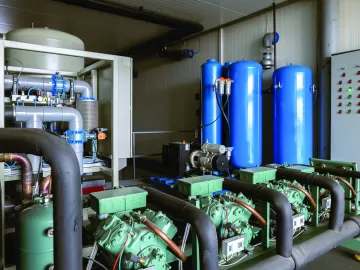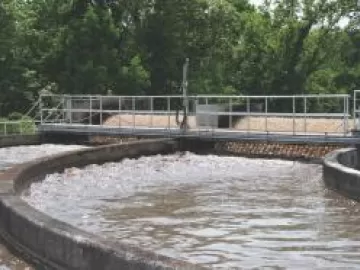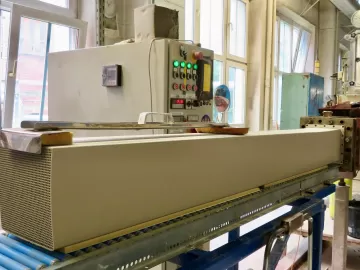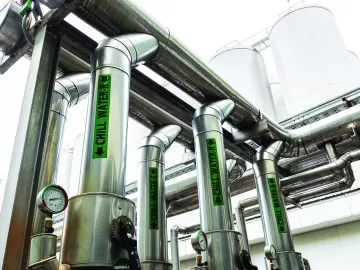How Centrifugal Air Compressor Specifications Impact Costs
In an ever-evolving world of regulations, requirements, and legal ramifications, it can be all too easy to want to cover all the bases by adding a wide range of industry codes and standards to any project being put out for bid. Many assume that if the purchased equipment meets all the requirements of every developed code and standard then surely it will be a reliable and safe machine to operate with the best performance and energy efficiency. However, many of these codes and standards are developed with a tremendously broad range of machinery and equipment in mind and they may not always fit well with the specific project being developed. Compliance to these codes and standards may require very costly modifications to a manufacturer’s standard product for little to no real benefit.












